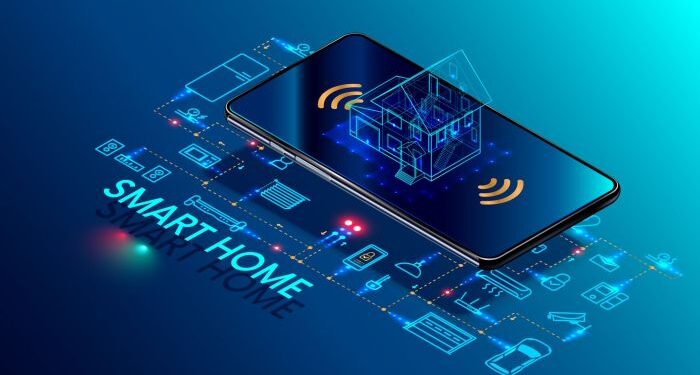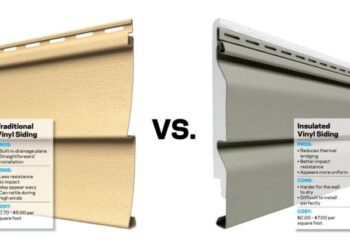Embarking on the journey of Budgeting for Home Automation: Smart Tips for Beginners, this introductory paragraph aims to provide a captivating overview of the topic, drawing readers in with valuable insights and information.
Continuing with a detailed description of the subject matter to engage the audience further.
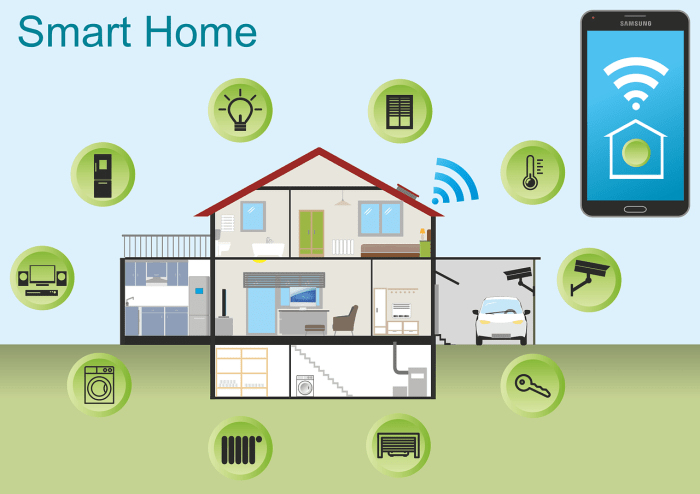 When delving into the world of smart home automation, it's crucial to conduct thorough research on different brands and products to make informed decisions that align with your needs and budget.
When delving into the world of smart home automation, it's crucial to conduct thorough research on different brands and products to make informed decisions that align with your needs and budget.
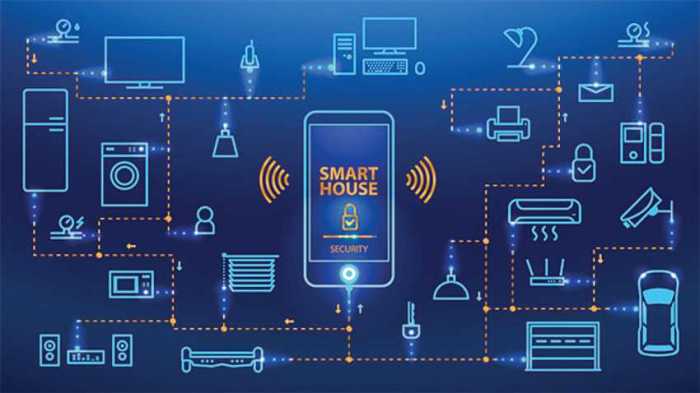 Setting a budget for home automation projects is crucial to ensure that you stay within your financial limits while still achieving your desired smart home setup. A well-thought-out budget plan can help you prioritize your needs, allocate resources efficiently, and avoid overspending.
Setting a budget for home automation projects is crucial to ensure that you stay within your financial limits while still achieving your desired smart home setup. A well-thought-out budget plan can help you prioritize your needs, allocate resources efficiently, and avoid overspending.
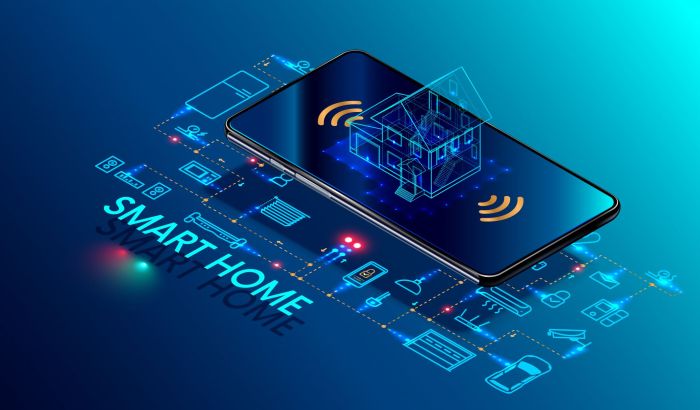 When it comes to home automation, energy efficiency is a key factor to consider. Smart devices can play a significant role in improving the overall energy efficiency of your home, leading to long-term cost savings and environmental benefits.
When it comes to home automation, energy efficiency is a key factor to consider. Smart devices can play a significant role in improving the overall energy efficiency of your home, leading to long-term cost savings and environmental benefits.
Introduction to Home Automation Budgeting
Home automation refers to the use of smart devices and technology to control various aspects of a home, such as lighting, temperature, security, and entertainment systems. These devices can be controlled remotely through a smartphone or a centralized system, making it convenient for homeowners to manage their living spaces. There are several benefits to incorporating smart devices in a home. Not only does it enhance convenience and comfort, but it also improves energy efficiency and security. With home automation, homeowners can save time and money by optimizing their energy usage and monitoring their property remotely.Initial Costs of Setting Up a Home Automation System
Setting up a home automation system involves some initial costs, including the purchase of smart devices, sensors, and controllers. These devices can vary in price depending on the brand, features, and complexity of the system. In addition to the cost of the devices, homeowners may need to invest in installation services, software, and networking equipment to ensure that the system functions properly.Assessing Your Needs and Priorities
When it comes to budgeting for home automation, it's essential to assess your needs and priorities to determine which smart devices are essential for your lifestyle. By understanding what you truly need and prioritizing those devices, you can create a more efficient and cost-effective home automation system.Common Smart Devices for Home Automation
- Smart thermostats
- Smart lighting systems
- Smart security cameras
- Smart door locks
- Smart plugs and outlets
These devices can help you control and monitor various aspects of your home remotely, enhancing convenience, security, and energy efficiency.
Determining Essential Devices Based on Personal Needs
- Assess your daily routines and habits to identify areas where automation can be beneficial.
- Consider your priorities, such as energy savings, security, or convenience, to determine which devices are crucial for your lifestyle.
- Consult with family members to understand their needs and preferences, ensuring that the chosen devices benefit everyone in the household.
Choosing devices that align with your specific needs and priorities will ensure that you invest in the right technology for your home.
The Importance of Setting Priorities in Home Automation Budgeting
- Setting priorities helps you allocate your budget effectively, focusing on essential devices that provide the most value.
- By prioritizing devices based on importance and functionality, you can avoid overspending on unnecessary gadgets.
- Consider the long-term benefits of each device to make informed decisions that align with your budget and goals.
Establishing priorities allows you to create a tailored home automation system that meets your needs without exceeding your budget limitations.
Researching Smart Home Products
 When delving into the world of smart home automation, it's crucial to conduct thorough research on different brands and products to make informed decisions that align with your needs and budget.
When delving into the world of smart home automation, it's crucial to conduct thorough research on different brands and products to make informed decisions that align with your needs and budget.
Comparing Prices for Best Value
- Look for similar products from different brands and compare their prices to find the best value for your investment.
- Consider the features and functionalities offered by each product in relation to its price to ensure you are getting the most bang for your buck.
- Don't forget to factor in additional costs such as installation fees or subscription services when comparing prices.
Assessing Reliability and Compatibility
- Read customer reviews and ratings to gauge the reliability of smart home products before making a purchase.
- Check if the smart devices you are interested in are compatible with your existing home systems such as Wi-Fi networks or smart hubs.
- Consider opting for products from reputable brands known for their reliability and compatibility with a wide range of devices.
Creating a Budget Plan
 Setting a budget for home automation projects is crucial to ensure that you stay within your financial limits while still achieving your desired smart home setup. A well-thought-out budget plan can help you prioritize your needs, allocate resources efficiently, and avoid overspending.
Setting a budget for home automation projects is crucial to ensure that you stay within your financial limits while still achieving your desired smart home setup. A well-thought-out budget plan can help you prioritize your needs, allocate resources efficiently, and avoid overspending.
Breakdown of Costs
- Devices: Research and list down the smart home devices you wish to incorporate, such as smart lights, thermostats, security cameras, etc. Take note of their individual prices to estimate the total cost.
- Installation: Factor in the cost of professional installation if required for certain devices or systems. Some smart home products may need expert setup, which can add to your expenses.
- Maintenance: Consider the long-term costs associated with maintaining your smart home setup. This may include software updates, battery replacements, or service fees.
It's essential to have a detailed breakdown of costs to ensure that you account for all expenses involved in your home automation project.
Importance of Including a Buffer
Including a buffer for unexpected expenses in your budget plan is essential to handle any unforeseen costs that may arise during the implementation of your smart home system. Factors like compatibility issues, additional wiring requirements, or equipment failures can lead to extra expenses that you hadn't initially anticipated.- Emergency Fund: Allocate a portion of your budget as a contingency fund to cover unexpected costs that may crop up during the installation or use of smart home devices.
- Flexibility: Having a buffer in your budget provides flexibility in case you need to make adjustments or upgrades to your smart home setup along the way.
DIY vs. Professional Installation
When it comes to setting up your smart home devices, you'll need to decide between tackling the installation yourself or hiring a professional. Each option comes with its own costs and benefits, so it's important to weigh them carefully before making a decision.DIY Installation Tips for Beginners
- Start with simple devices: Begin with easy-to-install smart devices like smart plugs or smart bulbs to get a feel for the process.
- Follow manufacturer instructions: Make sure to carefully read and follow the installation instructions provided by the manufacturer.
- Use online resources: Take advantage of online tutorials and guides to assist you in the installation process.
- Invest in quality tools: Having the right tools on hand can make DIY installation smoother and more efficient.
Seeking Professional Help
- Complex installations: If you're dealing with more complicated systems like integrated smart home security or HVAC systems, it's best to hire a professional.
- Time constraints: If you're short on time or simply prefer to have the installation done quickly and efficiently, a professional can get the job done faster.
- Ensuring proper setup: Professionals have the expertise to ensure that your smart devices are installed correctly and function optimally.
Energy Efficiency Considerations
 When it comes to home automation, energy efficiency is a key factor to consider. Smart devices can play a significant role in improving the overall energy efficiency of your home, leading to long-term cost savings and environmental benefits.
When it comes to home automation, energy efficiency is a key factor to consider. Smart devices can play a significant role in improving the overall energy efficiency of your home, leading to long-term cost savings and environmental benefits.
Benefits of Energy-Efficient Smart Devices
- Smart thermostats can help regulate temperature settings based on your schedule, reducing energy waste.
- Smart lighting systems allow you to control when lights are on or off, optimizing energy consumption.
- Energy-efficient appliances can lower electricity usage and decrease utility bills over time.
Choosing Energy-Efficient Products Within Budget
- Look for products with high energy star ratings, indicating better efficiency levels.
- Consider smart devices that offer energy monitoring features to track usage and identify areas for improvement.
- Prioritize investing in energy-efficient products that align with your specific needs and usage patterns.
Long-Term Maintenance and Upgrades
When delving into the world of smart home automation, it's crucial to consider the long-term maintenance and potential upgrades that may be required along the way. Planning for these aspects from the beginning can help you avoid unexpected costs and ensure the longevity of your smart home system.Costs of Maintenance and Upgrades
Smart home systems require regular maintenance to ensure they function optimally. This may involve software updates, replacing batteries in devices, or troubleshooting connectivity issues. Additionally, as technology advances, you may want to upgrade certain components of your smart home to take advantage of new features.Importance of Future Planning
- Consider the lifespan of smart devices and factor in potential upgrades when creating your initial budget.
- Research the upgrade paths for the smart products you choose to ensure they are compatible with future advancements in technology.
- Allocate a portion of your budget for future upgrades to prevent financial strain when the time comes to enhance your smart home system.
Tips for Extending Device Lifespan
- Regularly update firmware and software to keep devices running smoothly and securely.
- Protect devices from power surges by using surge protectors or uninterruptible power supplies.
- Keep devices clean and free from dust or debris to prevent overheating and malfunctions.
- Monitor device performance and address any issues promptly to prevent further damage.

